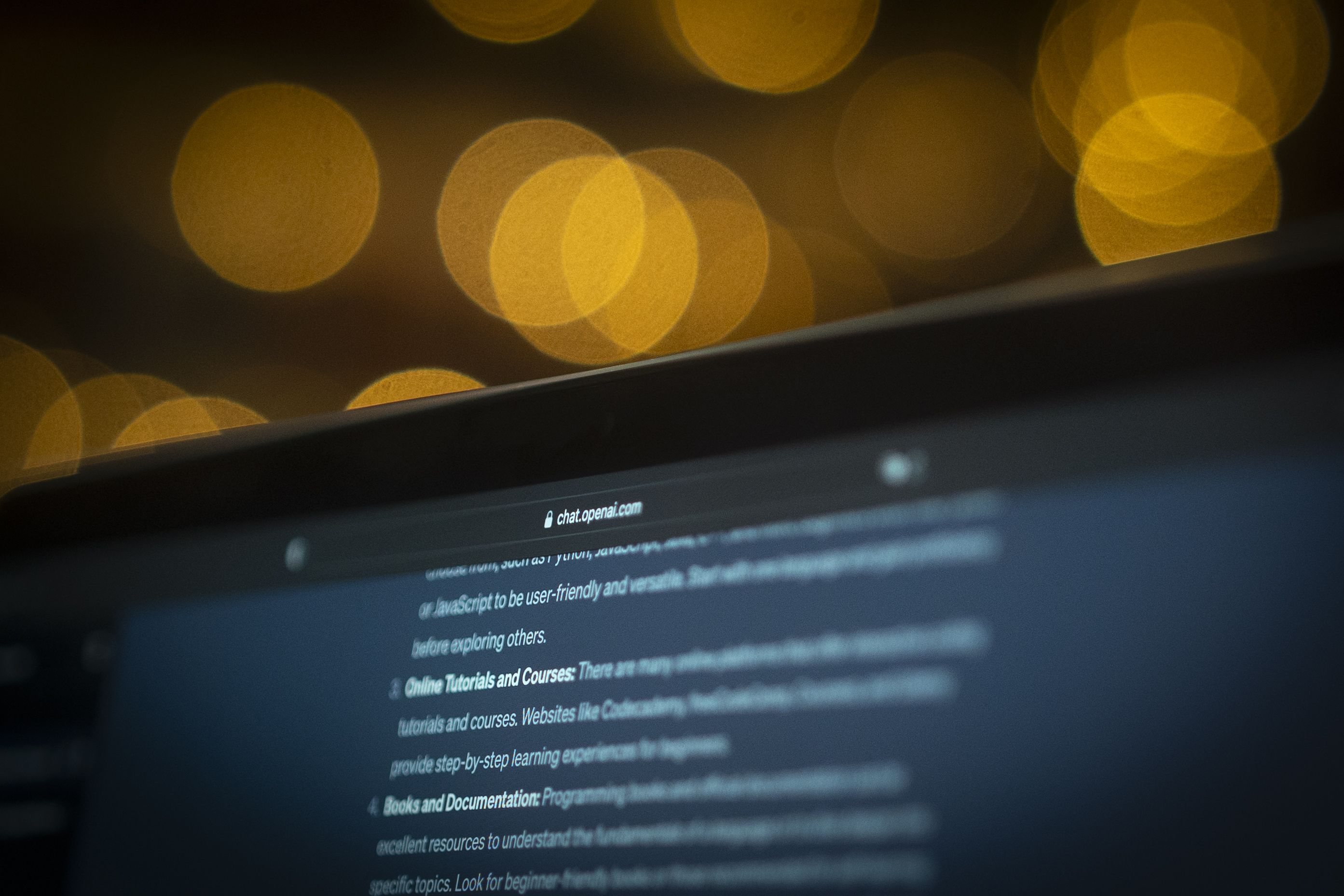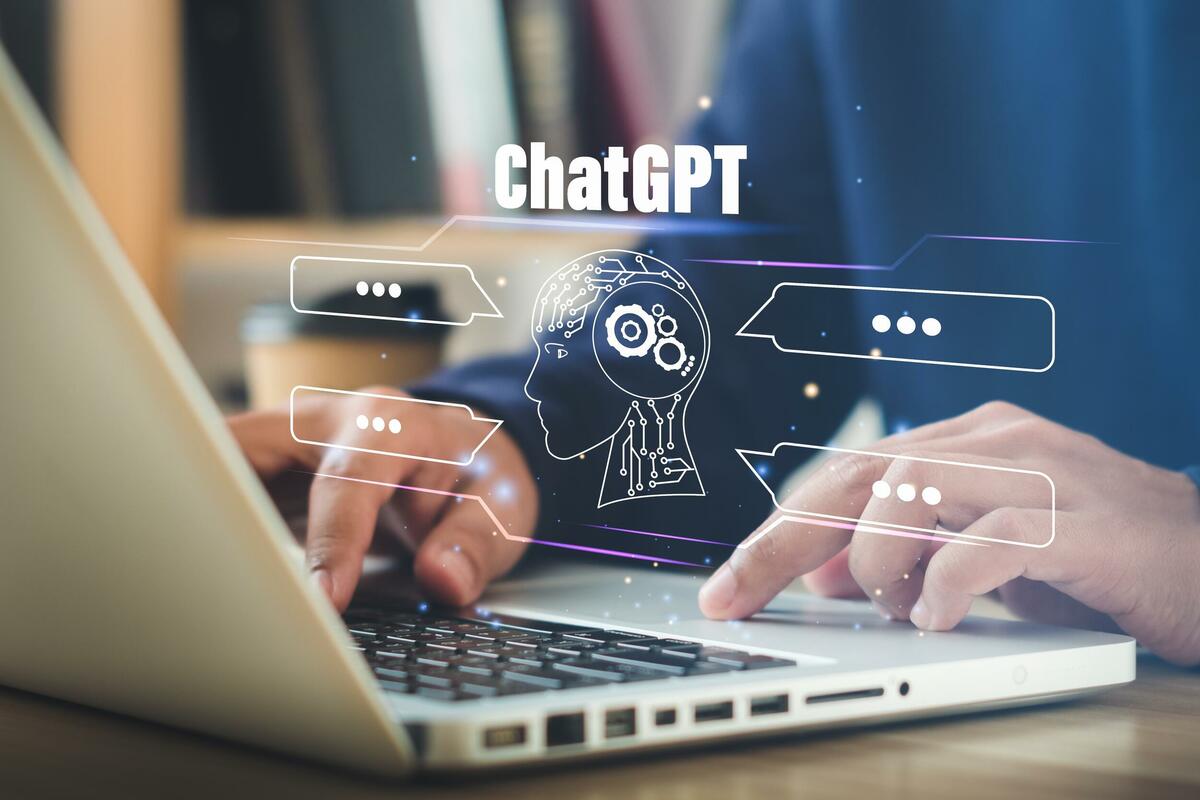Media Titans Unite in Cold War with AI: Disney, New York Times, CNN, and Others Block ChatGPT in Defense of Intellectual Property

Media Titans Unite in Cold War with AI: Disney, New York Times, CNN, and Others Block ChatGPT in Defense of Intellectual Property
In a digital standoff reminiscent of the Cold War era, some of the nation’s most influential media powerhouses are taking precautionary measures to shield their invaluable content from ChatGPT, an AI chatbot developed by OpenAI. While the battlefields are not physical, the stakes are high for a struggling news industry already grappling with challenges posed by digitalization.
Recently, a multitude of major newsrooms have implemented sophisticated coding measures on their websites to deter OpenAI’s web crawler, GPTBot, from scouring their platforms for content. The Guardian’s Ariel Bogle revealed last week that CNN, The New York Times, and Reuters had taken this defensive stance. However, a closer examination by Reliable Sources has unveiled a broader alliance of news and media giants covertly joining the fray. This alliance includes Disney, Bloomberg, The Washington Post, The Atlantic, Axios, Insider, ABC News, ESPN, and the Gothamist, among others. Publishing giants like Condé Nast, Hearst, and Vox Media, which collectively house numerous prominent publications, have also embraced this protective measure.

At the heart of this escalating digital conflict are the deep archives and intellectual property rights of these news organizations. These assets are not merely valuable; they are arguably indispensable when it comes to training AI models such as ChatGPT to deliver accurate and reliable information to users. A senior news executive, speaking on the condition of anonymity due to lacking public authorization, emphasized, “While most of the internet is inundated with subpar content, traditional media publishers prioritize facts and offer high-quality content.”
Despite the quiet maneuvers unfolding behind the scenes, none of the media outlets that have implemented safeguards against GPTBot have officially commented on their actions. However, this preemptive move to disallow OpenAI from accessing their extensive content libraries to refine ChatGPT underscores the unease within news organizations regarding the technology, prompting them to address it discreetly.
The AI Threat and Media’s Defensive Line
The emergence of AI technology, particularly ChatGPT, has sparked apprehension within the media industry. ChatGPT, powered by OpenAI’s advanced language model, GPT-3.5, possesses the capability to generate coherent and contextually relevant text, making it a formidable tool for content creation and information dissemination. Yet, this very capability is what raises concerns among media giants.
One of the primary concerns is the potential misuse of AI-generated content. While ChatGPT can produce high-quality text, it can also generate misinformation or disinformation if fed with biased or inaccurate data. This poses a grave risk to journalistic integrity and the reputation of news organizations that have built their foundations on factual reporting. Hence, the defensive stance taken by media outlets to protect their intellectual property is not merely about safeguarding profits but also about upholding journalistic standards and integrity.
Intellectual Property: The Ultimate Battlefield
In the digital age, intellectual property has become the ultimate battlefield. Media companies invest substantial resources in creating and curating content that defines their identity and distinguishes them from competitors. This content encompasses news articles, features, investigative reports, and multimedia assets like images and videos. Protecting this intellectual property is paramount to ensuring the longevity and competitiveness of these organizations.
AI models like ChatGPT require vast datasets for training. By mining the extensive archives of news organizations, ChatGPT can learn to mimic the style, tone, and factual accuracy of their content. While this is a testament to the quality of journalism these organizations produce, it also raises concerns about potential misuse. Unauthorized replication of content, even by an AI, could undermine the original creators and dilute the uniqueness of their reporting.
A Question of Autonomy and Control
For media companies, it’s not just about safeguarding their content but also about asserting control over the use of AI-generated text. When AI systems generate text that closely resembles content produced by news outlets, it blurs the line between human-created and AI-generated information. This can erode trust in news sources, as readers may become uncertain about the authenticity of the content they encounter online.
By blocking access to their content for AI training purposes, media organizations aim to maintain a clear demarcation between human and AI-generated content. They seek to preserve the autonomy of their editorial processes and ensure that their work remains distinct and recognizable in an increasingly crowded digital landscape.
A Hesitant Silence: Media’s Response
The media’s collective decision to remain silent on this issue is indicative of the complexity of the situation. While they are taking defensive measures, they are also cautious about openly antagonizing AI developers like OpenAI. Collaborations with AI developers could offer mutually beneficial opportunities in the future, such as using AI for content creation, curation, or personalization.
Moreover, media outlets understand that AI technology is rapidly evolving, and a confrontational approach may not be the most sustainable strategy. The delicate balance between protecting intellectual property and engaging with AI advancements is a tightrope walk that media organizations are navigating carefully.
The Way Forward: Striking a Balance
As the Cold War between media giants and AI technology simmers, it’s crucial to consider the way forward. Striking a balance between safeguarding intellectual property and harnessing the potential of AI for journalism is essential.

Collaboration might be the key. Media companies can explore partnerships with AI developers like OpenAI to establish guidelines and ethical standards for AI-generated content. This could include mechanisms for content attribution and transparency to ensure readers are aware when they are interacting with AI-generated material.
Additionally, media organizations could invest in developing their AI capabilities to leverage AI as a tool for enhancing content creation and distribution. This approach would allow them to maintain control over the technology while benefiting from its efficiency and scalability.
In conclusion, the current standoff between media giants and AI represents a pivotal moment in the evolution of journalism. While the protection of intellectual property is a legitimate concern, finding common ground and exploring collaborative opportunities with AI developers may hold the key to ensuring the survival and relevance of traditional media in the digital age. As both sides continue to adapt to the changing landscape, the outcome of this digital Cold War will undoubtedly shape the future of journalism and AI integration in the media industry.





